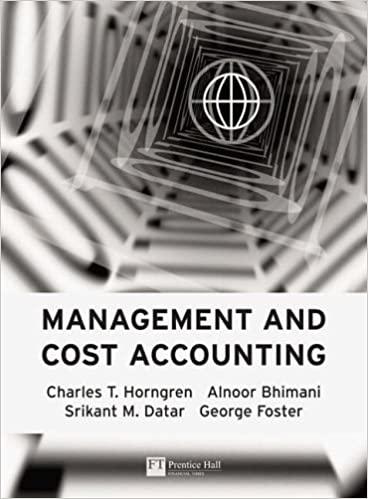| | | | | | | | | |
| Sales (8,000 units at $41 per unit) | | | | | | $ | 328,000 | |
| Less manufacturing costs: | | | | | | | | |
| Direct materials | | $ | 64,000 | | | | | |
| Direct labor (variable) | | | 80,000 | | | | | |
| Variable factory overhead | | | 16,000 | | | | | |
| Fixed factory overhead | | | 40,000 | | | | 200,000 | |
| | | | | | | | | |
| Gross margin | | | | | | | 128,000 | |
| Less selling and other expenses: | | | | | | | | |
| Variable selling and other expenses | | | 32,000 | | | | | |
| Fixed selling and other expenses | | | 56,000 | | | | 88,000 | |
| | | | | | | | | |
| Net operating income | | | | | | $ | 40,000 | |
| There are no beginning or ending inventories. | Required: | | a. | Compute the company's monthly break-even point in units of product. (Round your answer to the nearest whole number.) | | Break-even point in units | | | b. | What would the company's monthly net operating income be if sales increased by 24% and there is no change in total fixed expenses? | | c. | What dollar sales must the company achieve in order to earn a net operating income of $60,000 per month? (Do not round intermediate calculations. Round your final answer to the nearest dollar amount.) | | d. | The company has decided to automate a portion of its operations. The change will reduce direct labor costs per unit by 43 percent, but it will double the costs for fixed factory overhead. Compute the new break-even point in units. (Do not round intermediate calculations. Round your final answer to the nearest whole number.) | | New break-even point in units | | | | | | | | | | |






